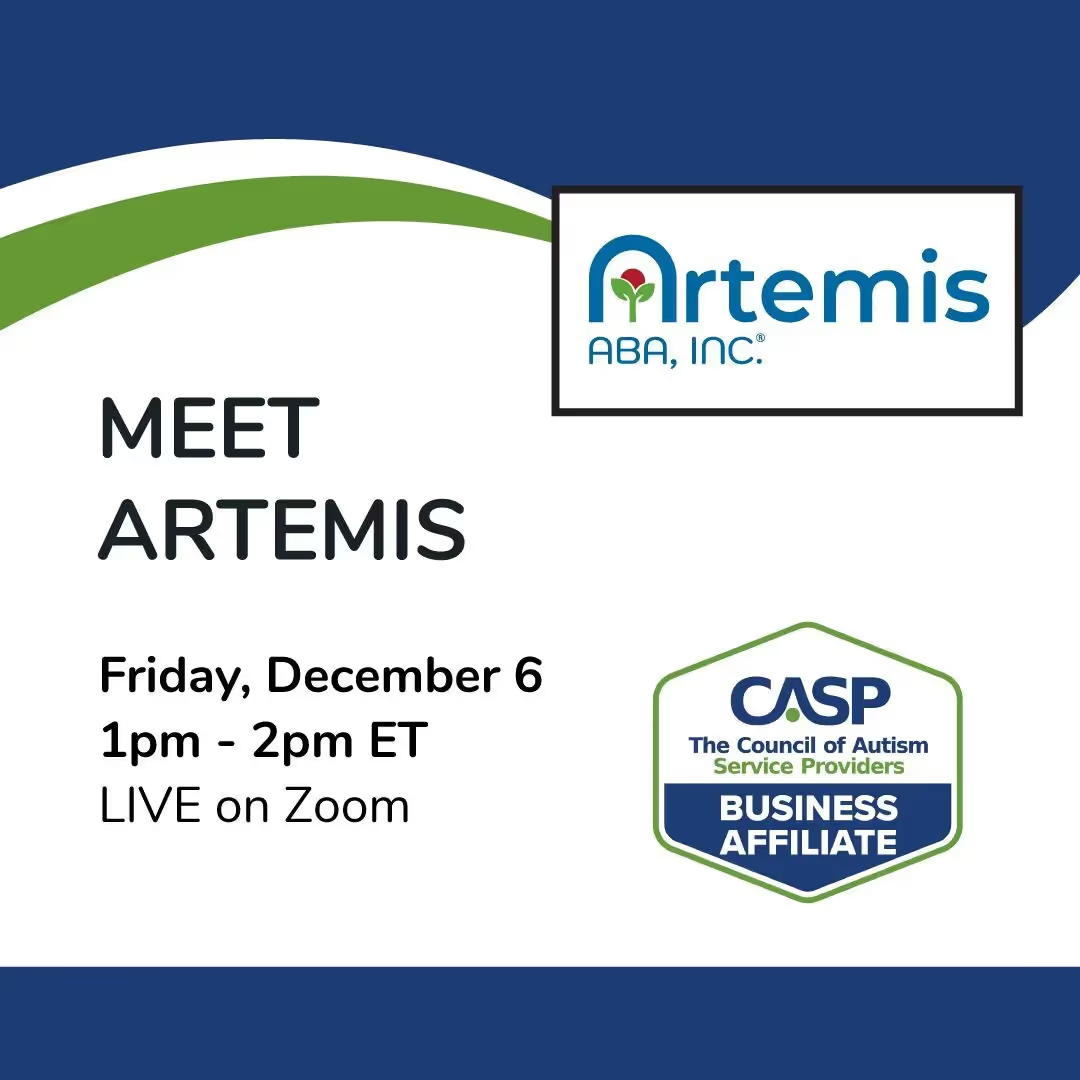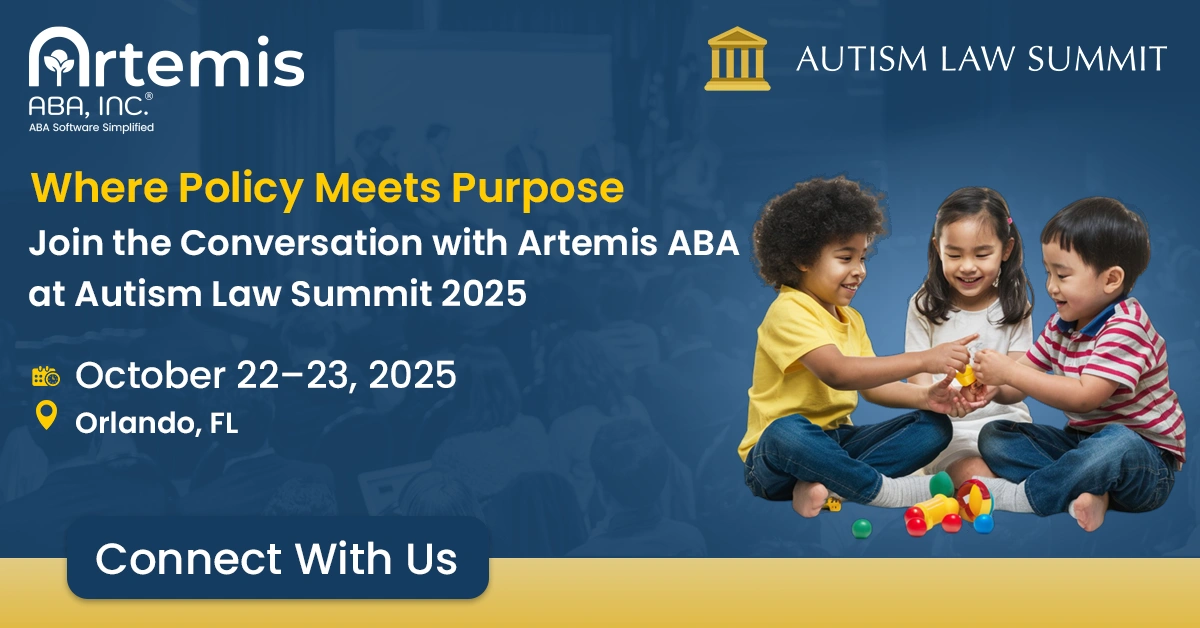Monday to Friday, 7 AM – 7 PM CST.
If you're reaching out outside these hours, please submit a support ticket—our team will respond as soon as possible.

ABA Prompt Fading: Procedures, Examples and Best Practices
ABA prompt fading progressively encourages students to perform tasks without help. This article explores the steps and strategies behind it. You can also see detailed examples of prompt fading and download a cheat sheet for quick reference.
Inside this article:
- Steps in ABA prompt fading
- ABA prompt fading strategies
- Examples of ABA prompt fading
- Easiest way to monitor ABA prompt fading
What is Prompt Fading in ABA?
ABA prompt fading is a method of gradually reducing assistance and cues until students can perform tasks independently. Instructors use prompt fading to teach people with developmental disabilities or autism. It enables students to learn skills in a way that works for them.
Common prompt fading approaches in Applied Behavior Analysis (ABA) include:
- Physical: The therapist gradually lessens physical guidance while the student performs a task.
- Time Delay: The therapist gives the prompts but increasingly delays having the student perform the task.
- Proximity to Student: The therapist keeps moving further away while giving prompts.
- Muting the Stimulus: The therapist keeps softening the stimulus itself. For example, they speak more and more softly, or they show a letter that starts bright red and big and gradually becomes black and smaller.
How to Start ABA Prompt Fading
The ABA prompt fading process starts with identifying the target behavior. Then, you assess the student’s baseline performance and plan appropriate prompts. When you begin the sessions, you reinforce or correct the student’s responses and gradually fade the prompts.
Here are the detailed steps for ABA prompt fading:
ABA Prompt Fading Strategies
Two popular techniques for ABA prompt fading are most-to-least (MTL) and least-to-most (LTM). MTL starts with the most intrusive prompt, such as full physical guidance. LTM begins with the least intrusive, such as time delay. One variation of LTM is called graduated guidance.
Here’s a more detailed at these ABA prompt fading strategies:
Types of ABA Prompts
Two main types of ABA prompts include full and partial physical assistance, where the teacher guides the student through a task. Other prompt types include modeling, gestures, visual aids, and spoken instructions. The purpose of all types is to encourage independence.
Here is a more detailed list of the ABA prompt types:
ABA Prompt Fading Examples
Hatwig shares these real-life examples to help explain the prompt fading techniques and types:
Best Practices for ABA Prompt Fading
ABA prompt fading best practices involve systematically reducing assistance to encourage independent behavior while remaining consistent, patient, and flexible.
The following best practices will help you effectively apply prompt fading techniques to support the learner in achieving independence.
Suppose a learner displays problem behaviors such as hitting orbiting. In that case, the teacher should use a behavior intervention plan (BIP) to teach the learner to replace the problem behaviors with positive ones.
Hatwig shares an example of a child who screams in the grocery store because they want cookies. “I’ll give the child a heads up or explain they’ll be in the store for a specific length of time,” she says. “Then I’ll tell the child that if they can help shop without screaming, they can have the cookies.”
The BIP outlines what happens if the child meets the contingency and if they don’t.
How to Track ABA Prompt Fading
Track ABA prompt fading and stay on schedule by collecting data on the following metrics: criteria for changing prompts, number of days or sessions, level of prompt, and time delay. This data aids in assessing whether prompts are fading at an appropriate pace.
Fading too quickly may result in incomplete task execution, whereas fading too slowly may foster dependence on prompts. Hatwig emphasizes the importance of updating the clinical team with the learner’s changes or patterns so they can make the necessary clinical changes.
Some practices continue to track with pen and paper, which can be cumbersome and different to share.
Electronic tracking through ABA software provides greater accuracy and efficiency and makes analysis, recording, and sharing easier.
“ABA software greatly simplifies and streamlines client management and tracking,” says Jim Vrtis, CTO of Artemis ABA. “Without it, ABA practices are making things harder for themselves.”
Using Artemis ABA Software to Track Prompt Fading
ABA practices need an efficient way to collect data to track prompt fading. The most effective way is electronic collection using Artemis ABA practice management software.
This software gathers and analyzes data from various sources, such as therapy sessions, assessments, and client progress reports. It is easily shareable, more efficient, and allows for easier access, searching, and tracking.
With the Artemis ABA platform, therapists can spend more time teaching than doing paperwork.
Schedule Your Walkthrough
Please enter your details and one of our team members will contact you shortly
See Artemis in Action
Enter your information below







.webp)
.webp)







%201.webp)


